Design for the future
inkognito
20 years ago
Related Stories

ARCHITECTUREGlimpse Design's Imagined Future in 'Oblivion'
Postapocalyptic living spaces in the clouds take flight with midcentury modern influences in Tom Cruise's latest movie
Full Story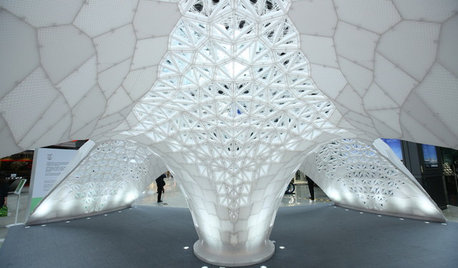
ARCHITECTUREWhat the Future Holds for 3D Printing in Architecture and Design
Designers worldwide are creating 3D-printed buildings, furnishings and materials. Will we be seeing this trend in our homes?
Full Story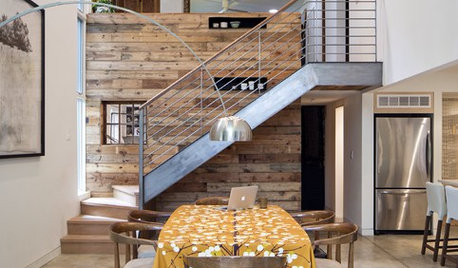
GREEN BUILDINGThe Future of Smart Design: Reuse, Reduce, Recycle
See why reducing waste in a home construction project should appeal to every architect, designer and client
Full Story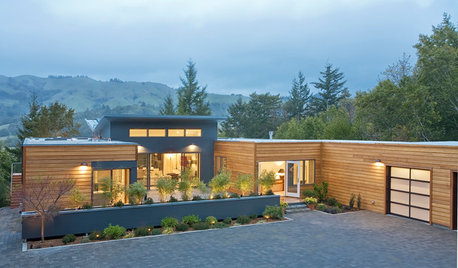
GREEN BUILDINGEfficient Architecture Suggests a New Future for Design
Homes that pay attention to efficient construction, square footage and finishes are paving the way for fresh aesthetic potential
Full Story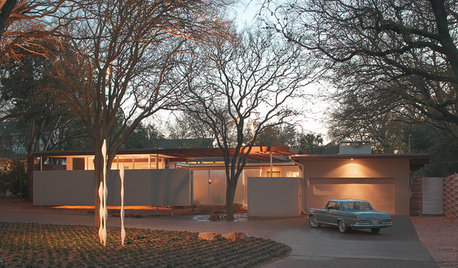
REMODELING GUIDESHope for the Future: Lessons From Midcentury Modern Design
11 ways we can learn from the built-in optimism of midcentury modern homes
Full Story
FUN HOUZZSo Your Style Is: Sci-Fi Past and Future
Are you more likely to search for design ideas at Comic-Con than High Point Market? If so, the future of decorating is yours
Full Story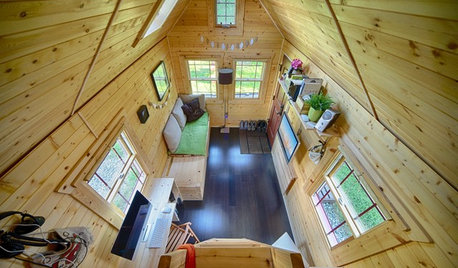
INSIDE HOUZZEnter the 2015 Houzz/AIA Future of Architecture Showcase
Are you a new or emerging architect, or an architecture student? We want to showcase your most interesting design projects and ideas
Full Story
DECORATING GUIDESThe Future of Decor Is Now
Futuristic elements are bringing a forward-thinking feel and an innovative sensibility to interior decorating designs
Full Story
LIFEBack to the Future of the House
Can the low-tech dwellings of the past offer design lessons for homes to come? A palace curator and book author says yes
Full Story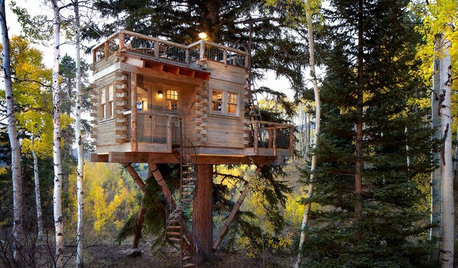
TREE HOUSESHouzz Call: Show Us Your Well-Designed Treehouse or Tree Fort!
Got a great treehouse or tree fort? We want to see it! Post yours in the Comments and we’ll feature the best in a future article
Full StorySponsored
Franklin County's Full Service, Turn-Key Construction & Design Company
More Discussions



ginger_nh
ginger_nh
Related Discussions
thoughts on bldg for the 'future'
Q
Scrappy quilts forever!
Q
Kitchen Trend Prediction: "Le No-Snacking Design"
Q
I am designing my future house
Q
ginger_nh
nandina
mjsee
jenizone5
patrick3852
mjsee
inkognitoOriginal Author
FranVAz7
JillP
phdnc
ginger_nh
FranVAz7
inkognitoOriginal Author
FranVAz7
mjsee
RckyM21
mjsee
RckyM21
phdnc
JillP
RckyM21
inkognitoOriginal Author
RckyM21
mjsee